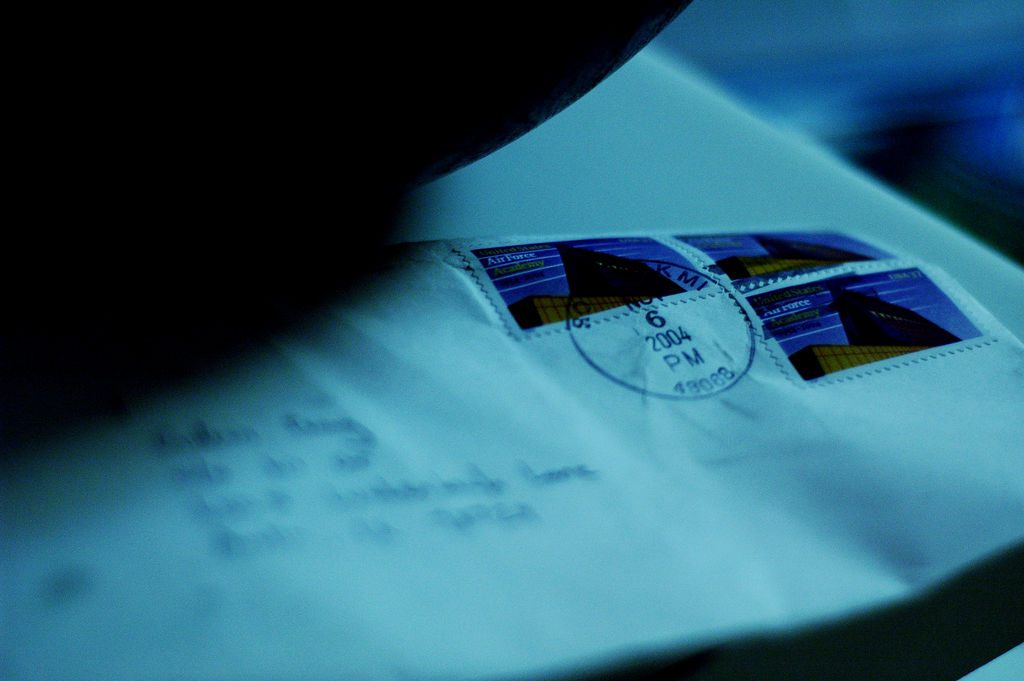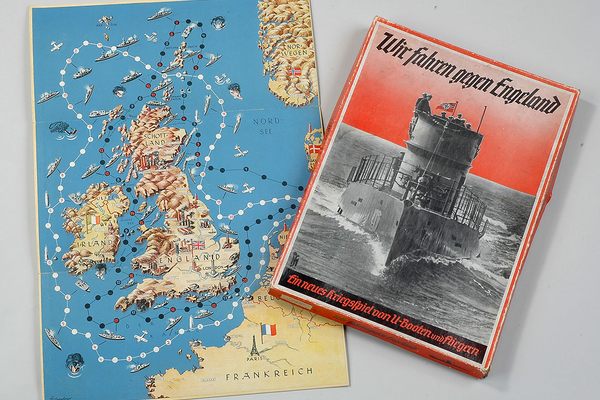The Strategic Penpals Who Play Chess by Mail
Despite all technological advances that allow real-time play, correspondence chess is still going strong.

People are still using the mail to move their knights and castle their kings. (Ricardo630/CC BY-SA 3.0)
Before the internet made it possible to play chess online, correspondence chess, or chess by mail, facilitated the matching of wits among players separated by distance.
Now, players can face off in real-time matches on their phones, picking opponents from around the world and breezing through game after game in rapid succession. But some still choose to do it the leisurely old-fashioned way, playing chess moves by post in games that can last up to two-and-a-half years each.
The rules of a correspondence game are the same as a chess game played face-to-face, or “over the board” (OTB) as it is known among professional players. The only real difference between the two is the freedom that correspondence chess allows players between moves.
The long-distance version of the game was born out of necessity, but even today, continues to be a relatively popular way to experience chess. “Right now we’ve got about 3,000 players,” says Joan Dubois, a director at the United States Chess Federation (USCF), of correspondence chess. “Many of them play it through the mail, and others, including the ones playing through the mail, also play it via email.”

A standard chess move mailer. (Schach Niggemann/CC BY-SA 3.0)
No matter the delivery method, the rules governing the game—at least, when played according to the guidelines of the USCF—remain the same. “Players are required to give certain information on their move,” Dubois says. “If they want to write it on a postcard, or in a letter, or in an email, we don’t really care.” According to their rules, each move must be presented in algebraic notation, the universal language of chess. Non-players might recognize it from movie and TV shows in which people utter phrases like “Knight to G4. CHECKMATE!” Many players use purpose-designed mail away cards.
In addition to the move itself, the information card sent between opponents must contain the date the move was made. In tournament play (yes, there are correspondence chess tournaments), each player is given 30 days of “reflection time” per 10 moves. The clock starts running from the time the player receives their opponent’s latest move in the post, and stops when they put their own move in the mail.
Players who end up with more time than they need end up rolling over their remaining reflection time, which is generally then used during the later stages of the game, when the board is more complicated and the moves are trickier. Of course this can’t go on forever, so tournament matches are limited to just two-and-a-half years in length. If for some reason there is no clear winner after a couple of years, the match is independently arbitrated and a victor is decided. In the world of chess, there are no unfinished games.
Unlike in live, timed chess, players are free to check books, magazines, the internet, and any other written resource at their disposal to help decide their next move. There is one form of assistance that is not permitted: chess-playing robots. “We allow our players to use books, software,” says Dubois. “Just as long as it doesn’t have a chess-playing algorithm.”
In some ways, this ability to reference other games and research strategy between moves makes correspondence chess a more dangerous and difficult game. This also helps level the playing field between opponents since even beginners can bust out some classic gambits. Once a move is in the mail, electronic or otherwise, that move is set in stone, just like if an OTB player had touched a piece.

Is this your next move? (Gideon Tsang/CC BY-SA 2.0)
The USCF offers several tournaments a year in which opponents are matched up, but these too can take years, depending on the speed of the players, and according to Dubois a number of them end up taking the full two-and-a-half years. Given the very nature of correspondence chess, which was designed to allow far flung players to come together, it’s no wonder that there are a number of matches between the various chess federations of different countries as well. The top honor in the game is world correspondence champion, awarded by the International Correspondence Chess Federation, and it has even been won by members of the United States federation a couple of time.
Despite the rampant progress of technological innovation, including email that makes even correspondence chess fast, playing by mail still seems to have a vital and devoted following. The appeal, according to Dubois, it’s all thanks to how slow the postal system is. “[In correspondence chess by post] mentally you know that you’re not going to get another move in that game for at least a week, maybe even seven to 10 days,” Dubois says. “With email, I could email you my move right now and you could email me back in 20 minutes. If you don’t mind that pressure of having that move there to get to, fine. Personally, I don’t like it. I’d rather have it in the mail.”
Playing chess by mail might seem a bit archaic, but according to Dubois it’s not going anywhere. When asked if she thought it would survive in a world increasingly obsessed with speedy technology, she replied with a simple, emphatic, “Yes.” Checkmate.









Follow us on Twitter to get the latest on the world's hidden wonders.
Like us on Facebook to get the latest on the world's hidden wonders.
Follow us on Twitter Like us on Facebook